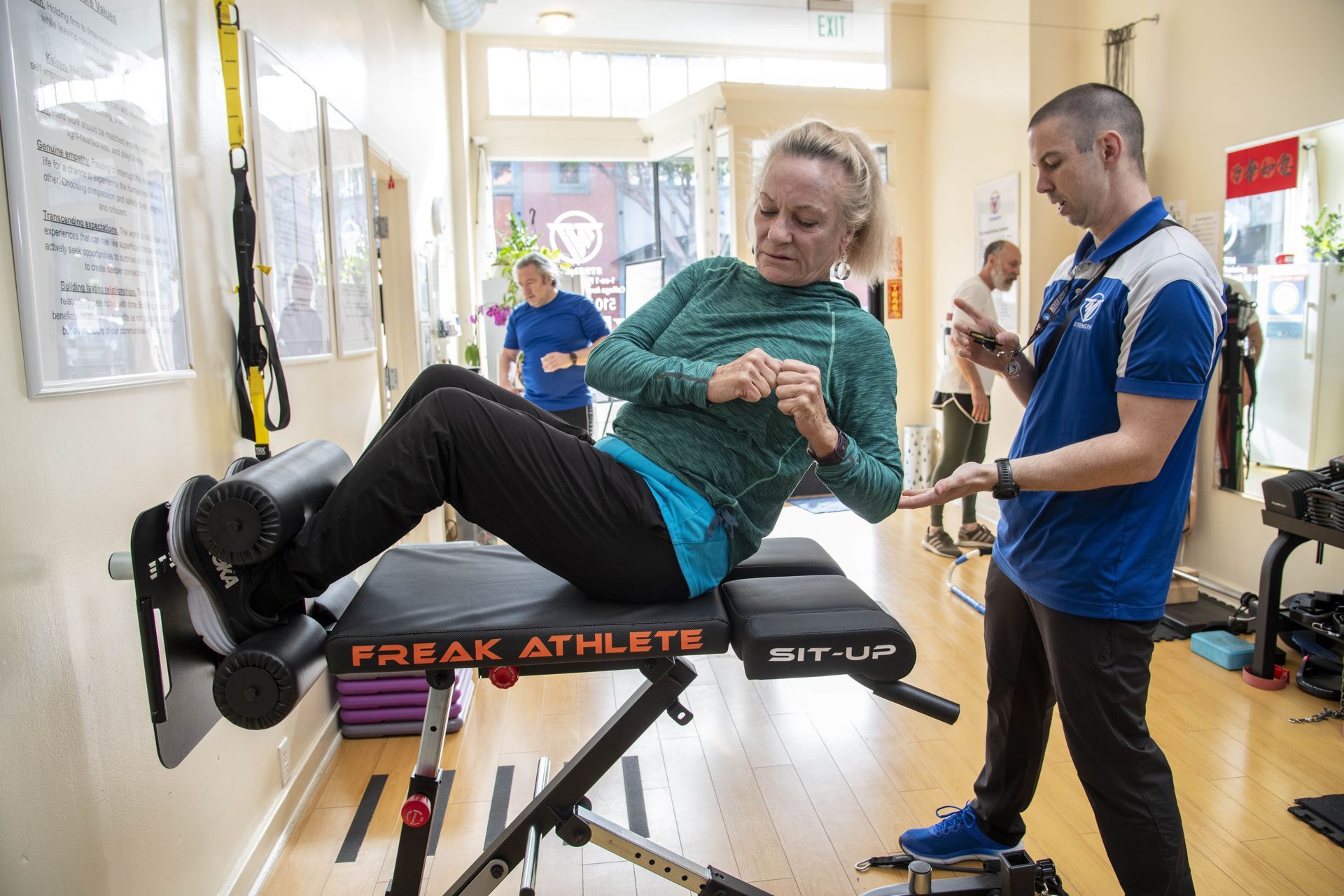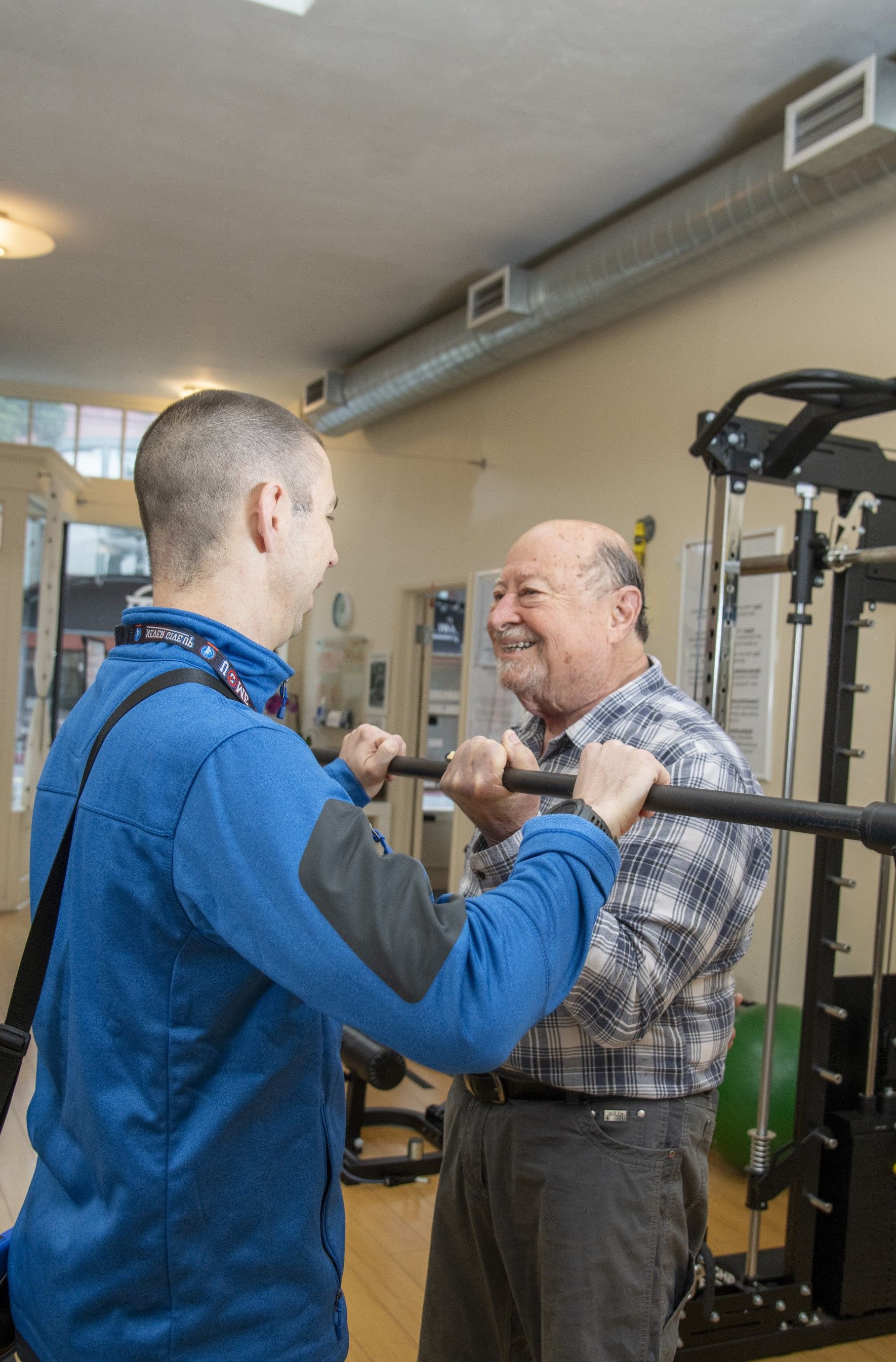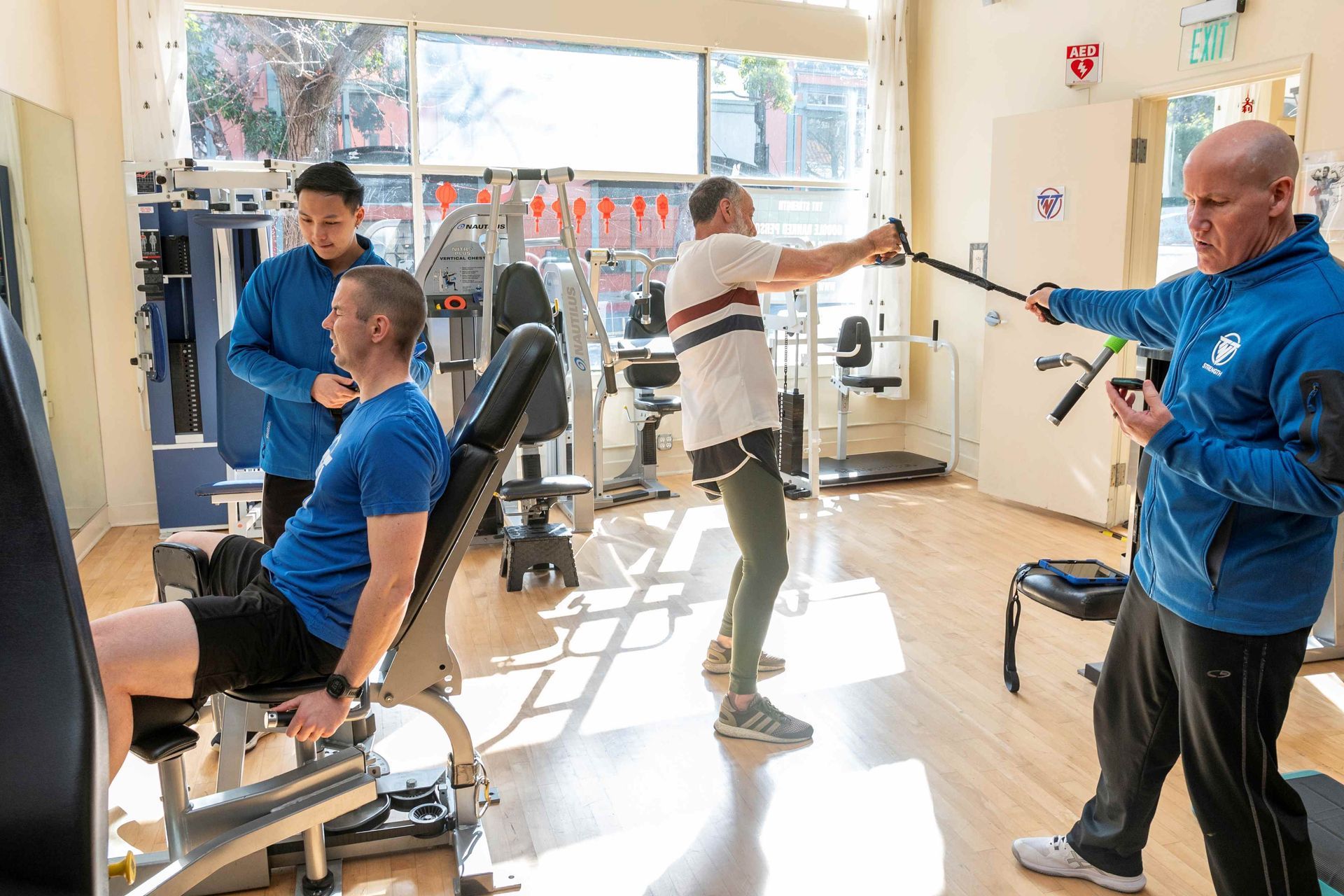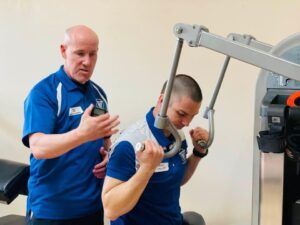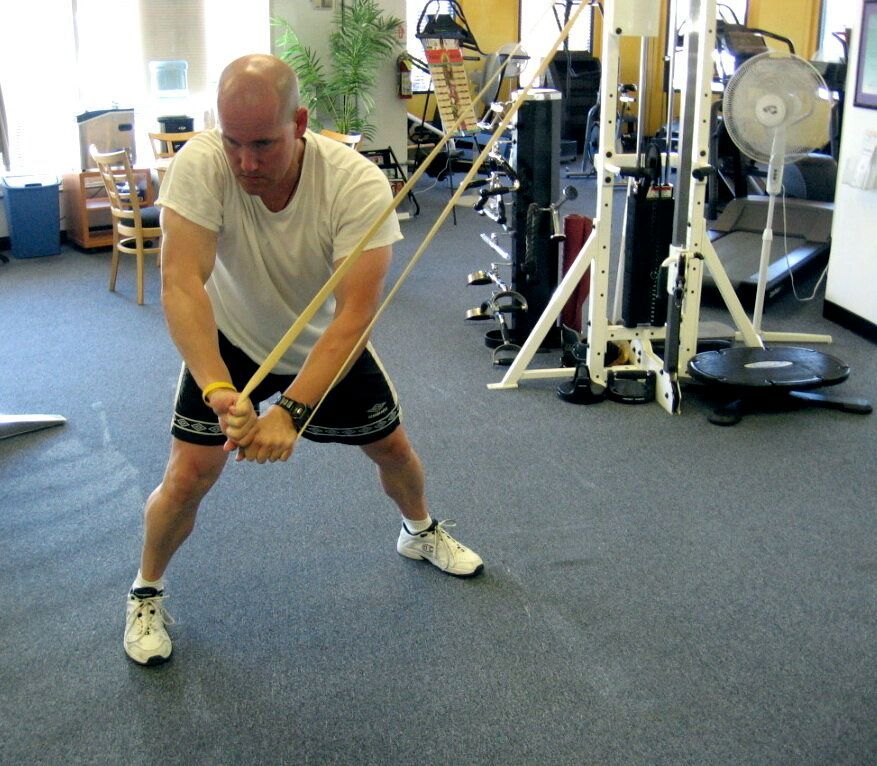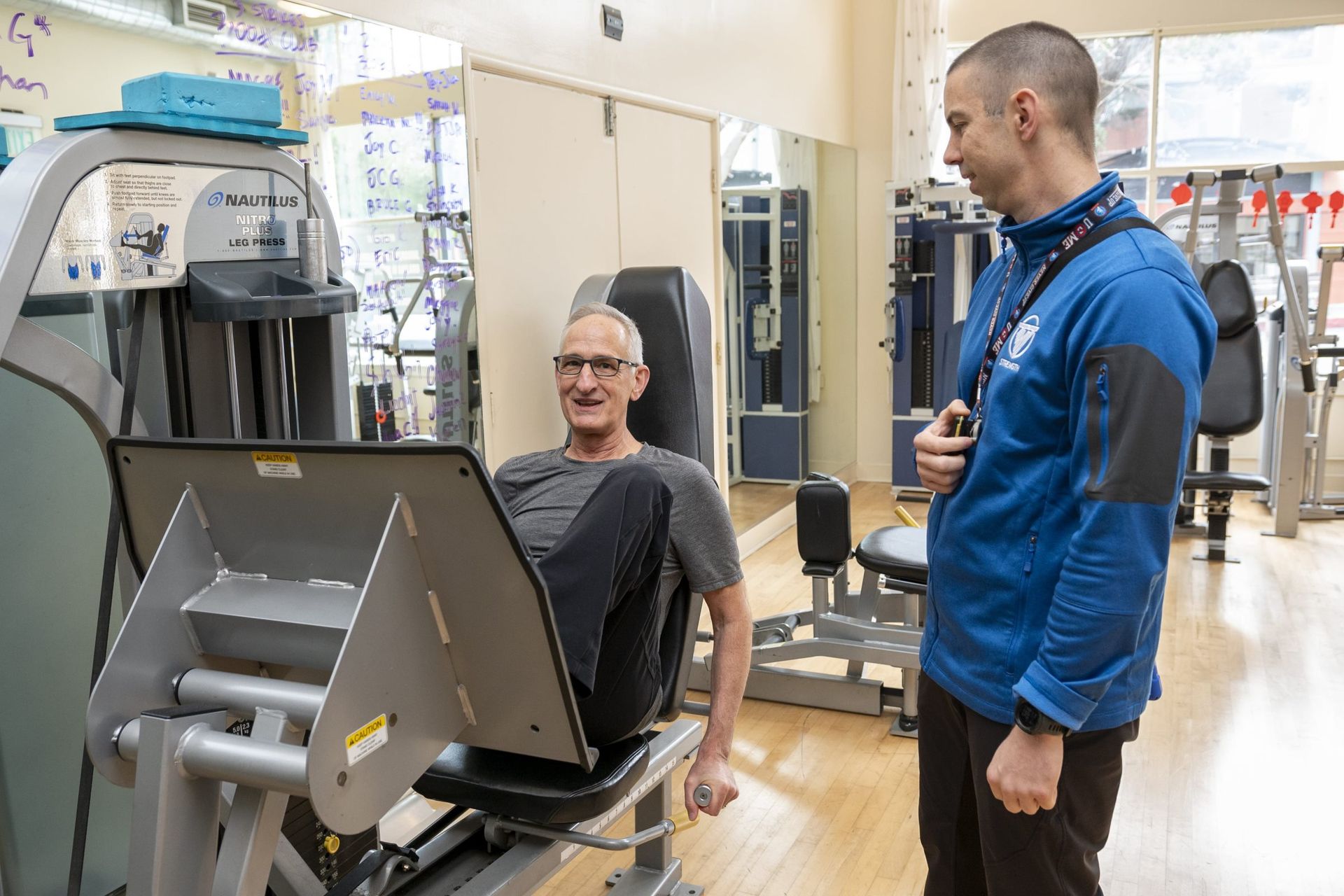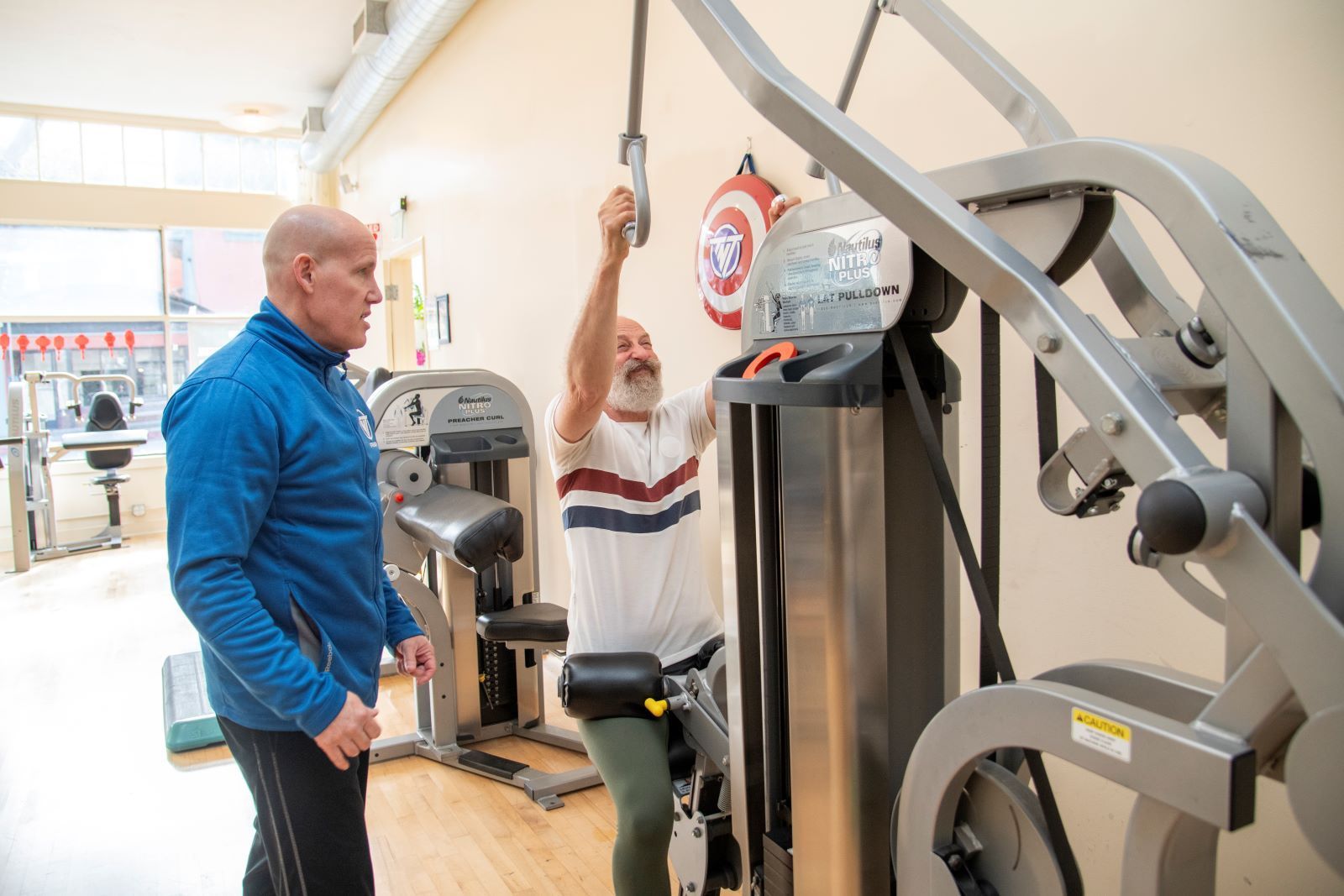Achieving Variety in Exercise
Once an athlete has moved beyond the beginner stages of strength training they often find that gains in strength begin to level off. One way to combat these plateaus is to incorporate variety in ones training. The purpose of introducing exercise variation is to provide a novel or unaccustomed stimulus which may help to induce a continued strength and growth response. Below are seven ways in which one may add variety to their training program.

1. Variation of Exercise Equipment: Become familiar with as many types of equipment available to the program.
2. Variation of Exercises: Become familiar with muscle physiology and use as many different exercises as possible for the same muscle group.
3. Variation of the number of Exercises: Vary the number of exercises per workout as well as per muscle group on a regular basis. Remember to keep volume in check to avoid over training. Limit the number of exercises during the competitive season or when peaking for a competition. Emphasize quality over quantity except for brief “blitz” Cycles.
4. Variation of Sets and Reps: Don’t always follow the same pattern for sets and reps. Manipulate these variables throughout your training cycles. (Keeping accurate records will allow you to note what combinations of volume, intensity, frequency etc are the most effective at any given time).
5. Variation of the Order of Exercises: Again, do not follow a set pattern at all times. Consider alternating Upper – Lower, Push – Pull, Pre-Fatigue – Post-Fatigue etc. (Exercise order manipulation is a high priority variable).
6. Variation of Overload Manipulation: Experiment with using a variety of Advanced Overload Techniques. Examples include but are not limited to Forced Repetitions, Heavy Negatives, Stage Repetitions, Zone Training, Pre-Exhaustion, Assisted Repetitions, etc. (Be sure to use proper super-vision when implementing Advanced Overload Techniques).
7. Variation of Recovery Times: Experiment with manipulation of recovery times both between exercise and between sets. Decreasing total workout time without sacrificing exercise form can be an effective way to boost the metabolic conditioning effect. (Be aware of over-training and keep accurate records so that recovery periods are not neglected).
TAKU’s NOTE: Remember all athletes will experience plateaus in their training at different times and for different reasons. Very rarely is it because they have reached their absolute genetic potential. Incorporating exercise variation concepts may help to overcome or limit these inevitable stagnation periods. By properly implementing a system of exercise variation you may find that you approach your training with renewed vigor and experience uninterrupted progress for long periods of time. Reach out to us at: contact@truthnottrendspodcast.com for assistance with your personal training programming.
Experience the TNT Strength difference with a free workout.
START YOUR FITNESS TRANSFORMATION WITH A
FREE WORKOUT
Complete the form and we'll set up an appointment for you.
Recent Articles
